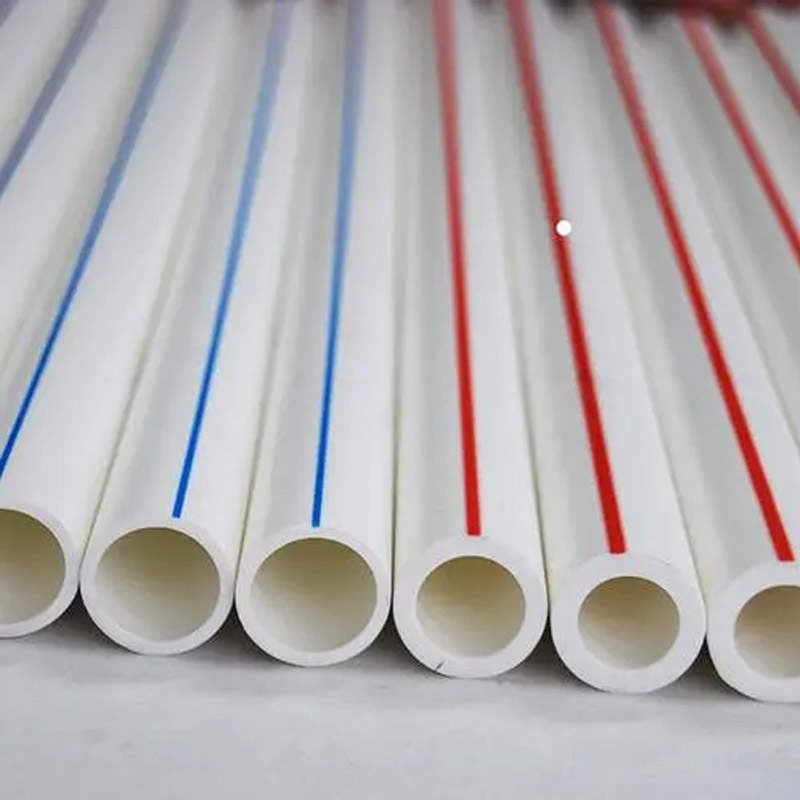Nov . 12, 2024 04:02 Back to list
hdpe pipe to pvc pipe connection service
Connecting HDPE Pipes to PVC Pipes A Comprehensive Guide
In today's plumbing and construction sectors, the connection of different types of piping systems is essential. Among the most commonly used materials are High-Density Polyethylene (HDPE) and Polyvinyl Chloride (PVC). Each material has its unique qualities, advantages, and applications, making the ability to connect them a significant skill for any plumbing or construction professional. This article delves into the methods, considerations, and benefits of connecting HDPE pipes to PVC pipes.
What are HDPE and PVC?
Before discussing the connection methods, it is crucial to understand what HDPE and PVC pipes are. HDPE is a robust plastic piping material known for its high strength-to-density ratio, making it versatile and suitable for various applications, including water supply, irrigation, and drainage systems. Conversely, PVC is a widely used plastic pipe recognized for its durability, chemical resistance, and low cost. It is commonly used in drainage, waste, and vent systems.
Why Connect HDPE and PVC?
There are several scenarios where one might need to connect HDPE pipes to PVC pipes. For instance, an existing infrastructure might rely on PVC pipelines, and a new section requires implementation of HDPE for its improved performance in areas such as environmental resilience and flexibility. Additionally, HDPE might be deployed in areas where soil conditions are challenging, while PVC may be utilized where anti-corrosive properties are essential.
Connection Methods
1. Mechanical Couplings One of the most common methods for connecting HDPE to PVC is through the use of mechanical couplings. These fittings allow for a secure and flexible connection without requiring significant alterations to the existing pipeline. Couplings often feature rubber gaskets to ensure a tight seal, preventing leaks.
2. Transition Fittings Transition fittings specifically designed for joining two different types of pipes are readily available in the market. These fittings typically consist of a bell end compatible with PVC and a compression end that can grip HDPE. They are engineered to fit seamlessly, ensuring a secure connection and preventing any potential leaks.
hdpe pipe to pvc pipe connection service

3. Flanged Connections Flanged connections can also be utilized, particularly in larger pipe diameters. This method involves welding a flange onto the end of the HDPE pipe and using a matching flange for the PVC pipe, bolted together to create a tight seal. This connection is often favored in industrial settings where high pressure and significant stress on the pipes occur.
4. Adhesive and Sealant Approaches In some applications, particularly where chemical compatibility is a concern, using appropriate adhesives or sealants may be necessary. This method, however, generally requires thorough surface preparation to ensure effective adhesion.
Key Considerations
When connecting HDPE and PVC pipes, several factors must be taken into account
- Compatibility Ensure that the connectors, couplings, or fittings chosen are compatible with both types of materials, preventing degradation or failure over time. - Pressure Ratings Different pipes come with varying pressure ratings, and it's essential to utilize fittings that can withstand the highest pressure rating present within the systems being connected.
- Environmental Conditions Consider the environments in which the pipes will be installed. Factors like temperature fluctuations, soil conditions, and exposure to chemicals can all influence the choice of connections and materials.
Conclusion
Connecting HDPE to PVC pipes is a practical solution in many plumbing and piping applications. By utilizing appropriate techniques such as mechanical couplings, transition fittings, flanged connections, or sealants, professionals can ensure a secure and leak-free pipeline. Proper understanding of the properties of each material, alongside best practices in connection methods, allows construction teams to optimize their infrastructure efficiently. As the demand for efficient and reliable piping solutions continues to grow, mastering the connection of HDPE and PVC becomes increasingly valuable in the industry.
-
High-Quality PVC Borehole Pipes Durable & Versatile Pipe Solutions
NewsJul.08,2025
-
High-Quality PVC Perforated Pipes for Efficient Drainage Leading Manufacturers & Factories
NewsJul.08,2025
-
High-Quality PVC Borehole Pipes Durable Pipe Solutions by Leading Manufacturer
NewsJul.08,2025
-
High-Quality PVC Borehole Pipes Reliable PVC Pipe Manufacturer Solutions
NewsJul.07,2025
-
High-Quality UPVC Drain Pipes Durable HDPE & Drain Pipe Solutions
NewsJul.07,2025
-
High-Quality Conduit Pipes & HDPE Conduit Fittings Manufacturer Reliable Factory Supply
NewsJul.06,2025

